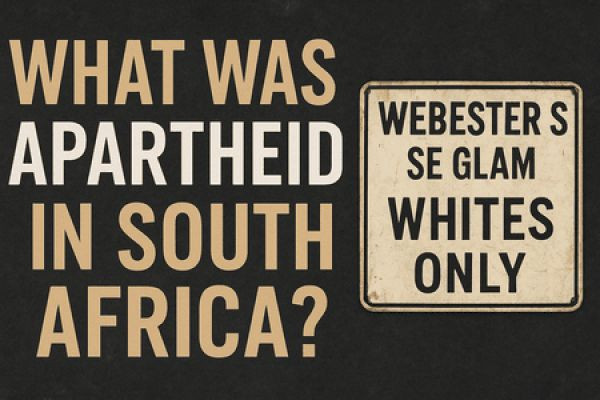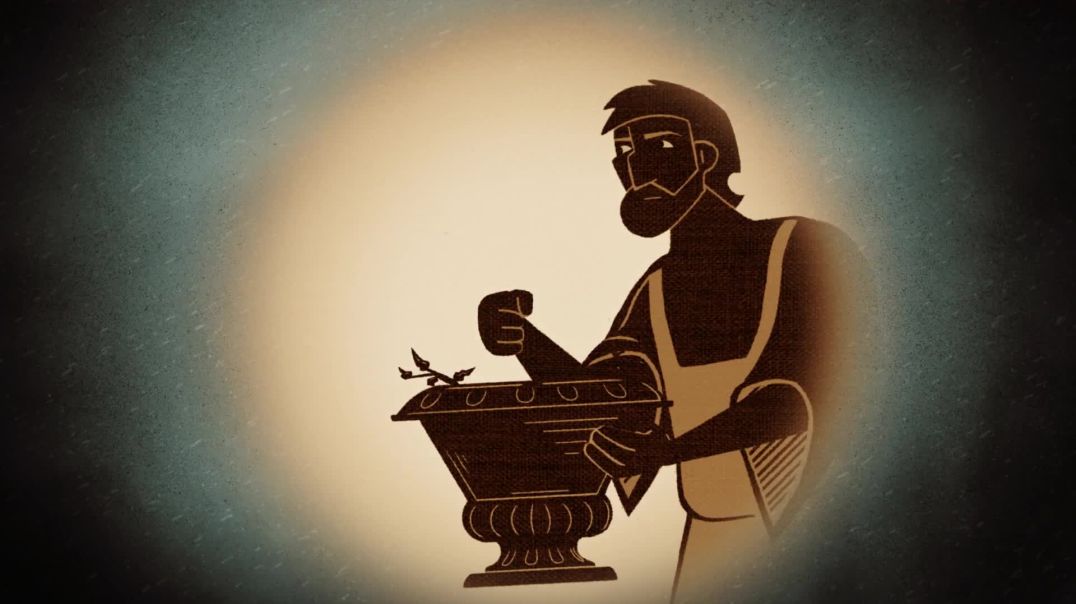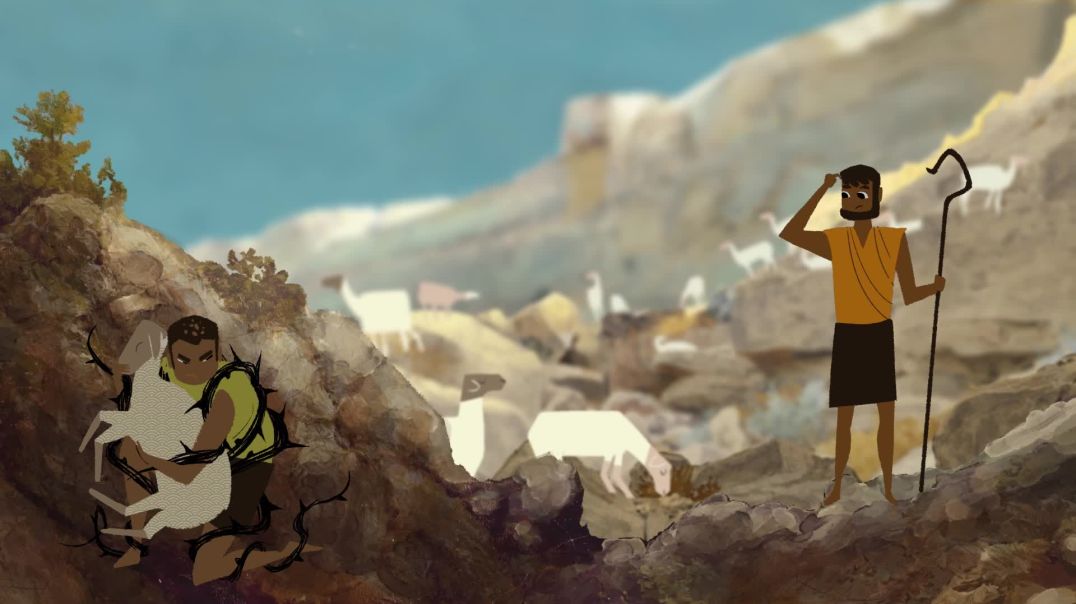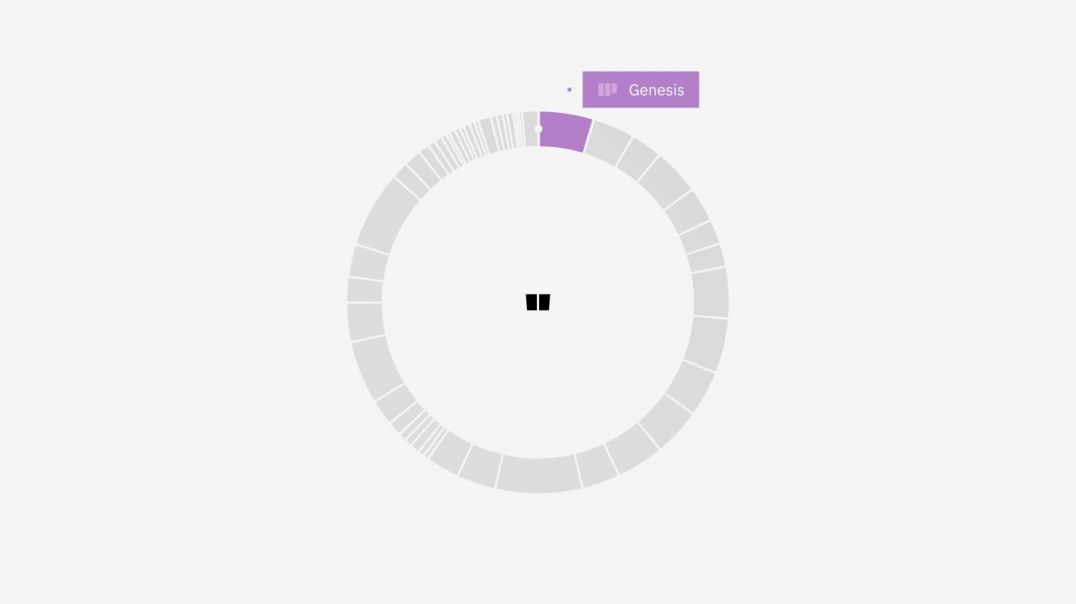1. Definition & Origins
The term apartheid comes from the Afrikaans word meaning “apartness” or “separateness”. (Anti Apartheid Legacy)
In the context of South Africa, apartheid refers to the system of institutionalised racial segregation and discrimination that was legally enforced by the white-minority government from 1948 until the early 1990s. (Wikipedia)
Its roots lie deeper: colonial patterns of racial discrimination and land dispossession set the groundwork. (Anti Apartheid Legacy)
2. How did apartheid work?
Classification by race
One of the foundations of the system was the categorisation of people by race. The Population Registration Act 1950 required that every South African be classified as, for example, “White”, “Black (Bantu)”, “Coloured” (mixed race), or later “Asian”. (MLK Institute)
These classifications determined where one could live, work, go to school, and even whom one could marry. (Encyclopedia Britannica)
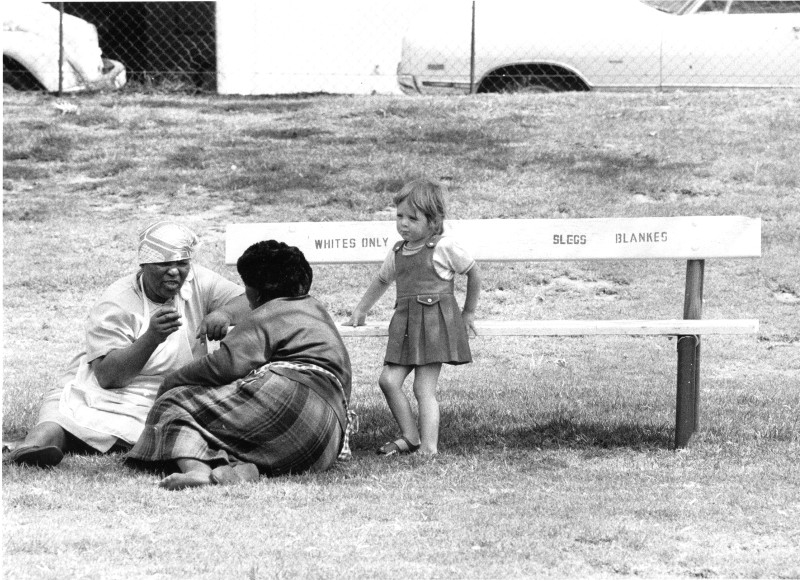
Segregation of space and law
The government passed laws such as the Group Areas Act 1950, which designated residential and business areas for different racial groups and forcibly removed non-whites from areas reserved for whites. (Encyclopedia Britannica)
Non-whites were required to carry passes or permits to enter certain areas. Public facilities (parks, beaches, benches, transport) were segregated. (South African History Online)
Education and employment opportunities were grossly unequal: for example the Bantu Education Act 1953 instituted separate and vastly inferior schooling for Black South Africans. (Wikipedia)

“Homelands” or “Bantustans”
The government also created so-called “homelands” (or “Bantustans”) — territories designated for Black South Africans, supposedly self-governing in order to strip them of South African citizenship and rights in the main territory. (Wikipedia)
3. Why and for whom?
Apartheid was enforced by the white-minority regime — led by the National Party (South Africa) from 1948 — to maintain political and economic dominance over the non-white majority. (Anti Apartheid Legacy)
The system enabled the white minority to control land, resources, labour and political power, while denying the majority their rights, mobility, and economic advancement.

4. The Human Impact
The lived reality for non-white South Africans was harsh and oppressive:
Forced removals from homes and townships into under-resourced areas. (Wikipedia)
Limited rights to education, work, and political representation. The education system deliberately prepared Black students for low-paid, low-skilled jobs. (Wikipedia)
Brutal repression of resistance. For example, the Soweto Uprising in 1976 involved schoolchildren protesting imposed Afrikaans language instruction; the government responded violently. (Wikipedia)
Deep social, economic and spatial inequality created by the laws of apartheid continued to have impact long after legal changes.

5. Oppression and Resistance
Various groups within South Africa and abroad opposed apartheid. Organisations like the African National Congress (ANC) resisted the system; individuals such as Nelson Mandela became internationally recognised. International campaigners also enacted boycotts, sanctions and activism to isolate the apartheid regime. (aamarchives.org)
6. The End of Apartheid
Legal dismantling began in the early 1990s under President F. W. de Klerk, when apartheid laws were repealed and negotiations began to establish a new democratic government. (Encyclopedia Britannica)
In 1994 South Africa held its first all-race elections; Nelson Mandela became President and the era of official apartheid ended. (Encyclopedia Britannica)
7. Legacy & Why It Still Matters
Although apartheid as a legal system has ended, its effects persist:
Racial and economic inequalities remain deeply entrenched in South African society. (Wikipedia)
The spatial division of cities and townships, land ownership imbalances, and educational and employment disparities are direct legacies.
The story of apartheid is a global symbol of systemic racism, human rights violations, and the capacity for resistance, transformation, and reconciliation.
8. Key Takeaway
In short: apartheid was a state-sanctioned system of racial segregation and white minority rule in South Africa designed to perpetuate white dominance and subjugate the non-white majority. Despite its formal end, its social, economic and moral consequences continue to affect South Africa and remain a powerful lesson in history.
